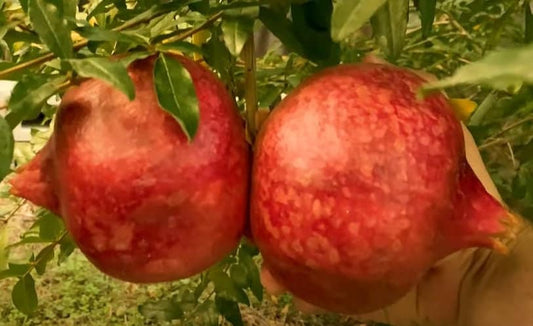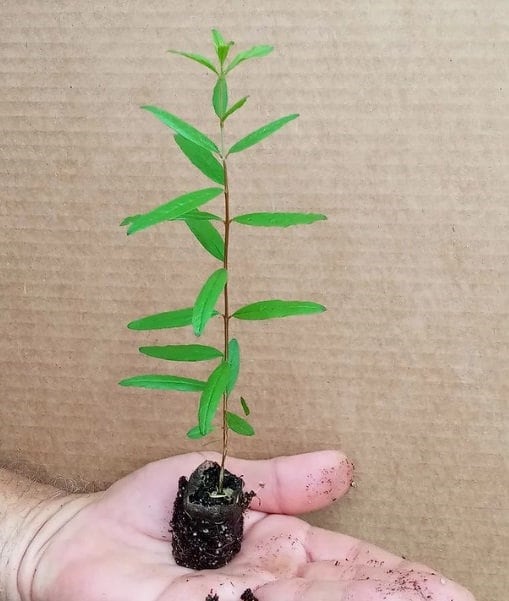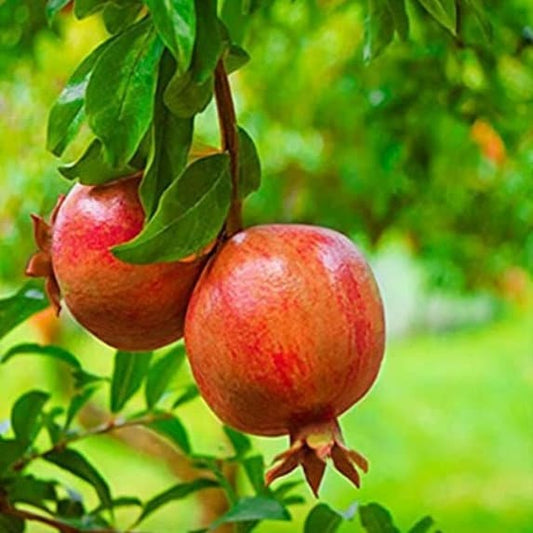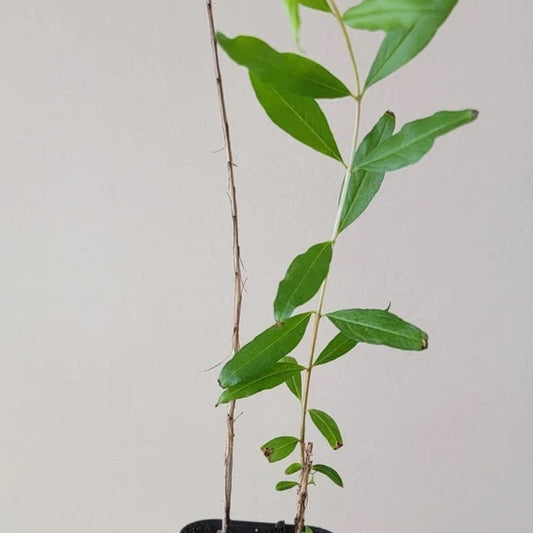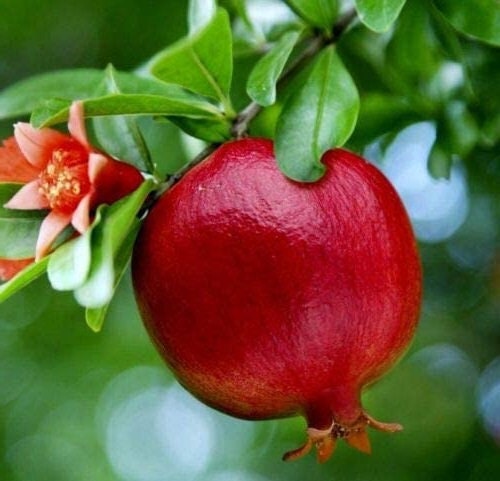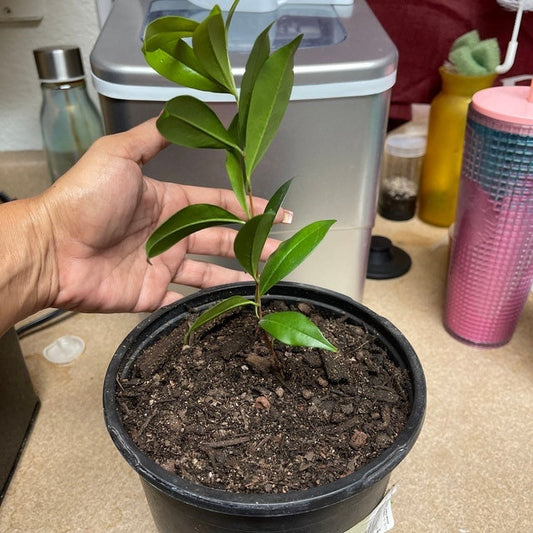Cultivating the Delectable Parfianka Pomegranate: A Garden Enthusiast's Guide
The Parfianka pomegranate, with its strikingly rich, sweet-tart flavor and vibrant red arils, is one of the most sought-after varieties among pomegranate aficionados. Praised for its exceptional taste and juice quality, the Parfianka pomegranate tree is a must-have for anyone looking to enhance their home garden with both beauty and productivity. This cultivar is not only known for its delicious fruit but also for its attractive ornamental qualities, making it a dual-purpose addition to any landscape. If you're planning to grow pomegranates and desire a variety that combines flavor with visual appeal, this guide will provide you with the essential steps to cultivate and thrive Parfianka pomegranate trees successfully.
Understanding Parfianka Pomegranate Trees
Parfianka pomegranates are renowned for their high juice content and overall fruit quality. The variety has received numerous accolades for its juice flavor and nutritional benefits, including high levels of antioxidants. Parfianka trees are also known for their vigorous growth and relatively high cold tolerance, making them suitable for a variety of climates, particularly in USDA zones 7-10.
Selecting the Right Location
1. Sunlight Needs: Parfianka pomegranate trees flourish in full sun, requiring at least six to eight hours of direct sunlight daily. Ample sunlight is crucial for maximizing fruit production and ensuring the development of the fruit's rich flavor and vibrant color.
2. Soil Requirements: These trees prefer well-draining soil with a pH of around 5.5 to 7.0. While Parfianka pomegranates are adaptable to many soil types, they thrive in loamy or sandy soil that is rich in organic matter. Ensuring proper drainage is essential to avoid issues such as root rot.
Planting Parfianka Pomegranate Trees
1. Best Time to Plant: The optimal time to plant Parfianka pomegranate trees is in the late winter to early spring. Planting during this period allows the tree to establish itself before the warmer growing season.
2. Planting Method: Dig a hole that is twice as wide and slightly deeper than the root ball. If planting multiple trees, ensure to space them about 10-15 feet apart to accommodate their mature size. Mix a generous amount of compost into the native soil to improve fertility, then place the tree in the hole, ensuring the root crown remains just above soil level. Backfill the hole, water thoroughly, and apply a layer of mulch to help retain moisture.
Care and Maintenance
1. Watering: Water Parfianka pomegranate trees deeply and regularly, especially during the first few growing seasons and in dry conditions, to establish an extensive root system. Once established, they exhibit some drought tolerance but benefit from occasional deep watering during prolonged dry spells.
2. Mulching: Maintain a 2-3 inch layer of organic mulch around the base of the tree to conserve soil moisture and regulate soil temperature. Avoid piling mulch against the trunk to reduce the risk of moisture-related diseases.
3. Fertilization: Feed your tree with a balanced, all-purpose fertilizer in early spring and again in mid-summer to support vigorous growth and fruitful production. Avoid over-fertilization, which can lead to excessive vegetative growth at the expense of fruiting.
4. Pruning: Prune Parfianka pomegranate trees in late winter or early spring to remove any dead or damaged limbs, encourage new growth, and maintain a manageable shape. Proper pruning also enhances air circulation, which is crucial for reducing disease pressure.
Harvesting Parfianka Pomegranates
Parfianka pomegranates typically ripen in the fall. The fruits are ready to harvest when they have a bright red color and a slightly softened exterior. The sound of the seeds rattling inside when shaken is a good indicator that the arils are juicy and the fruit is ripe for picking.
Overcoming Challenges
Parfianka pomegranates are relatively disease-resistant but can be susceptible to pests such as leaf-footed bugs and aphids. Regular monitoring and maintaining clean garden practices can help manage these pests effectively.
Conclusion
Growing Parfianka pomegranate trees can be a deeply rewarding experience, yielding fruits that are as nutritious as they are delicious. With proper care and attention, these trees will not only provide your garden with stunning visual appeal but also an abundant supply of pomegranates to enjoy throughout the season. Whether you are a seasoned gardener or just starting out, Parfianka pomegranates offer a delightful addition to any garden, promising beauty and bounty alike.
